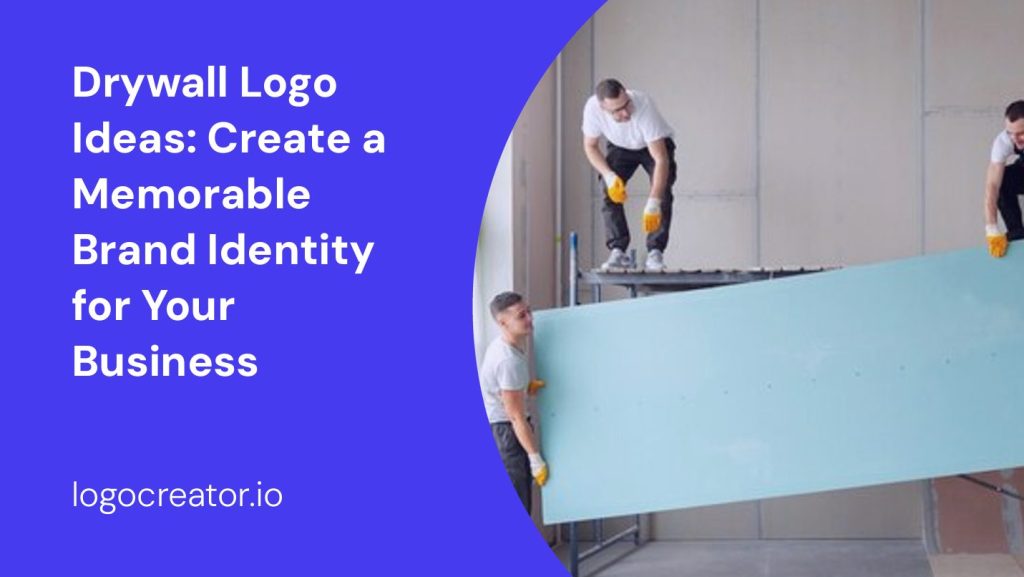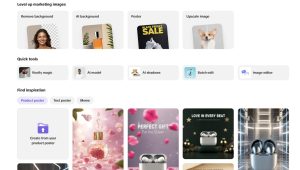Are you in the drywall business and looking to create a strong brand identity? One of the first steps in building a recognizable brand is designing a compelling logo. A well-designed logo not only represents your business but also leaves a lasting impression on your customers. In this article, we will explore some drywall logo ideas that can help you create a memorable brand identity for your business. From choosing the right colors and fonts to incorporating relevant symbols, we’ll guide you through the process of designing a logo that stands out in the competitive market.
Importance of a Drywall Logo
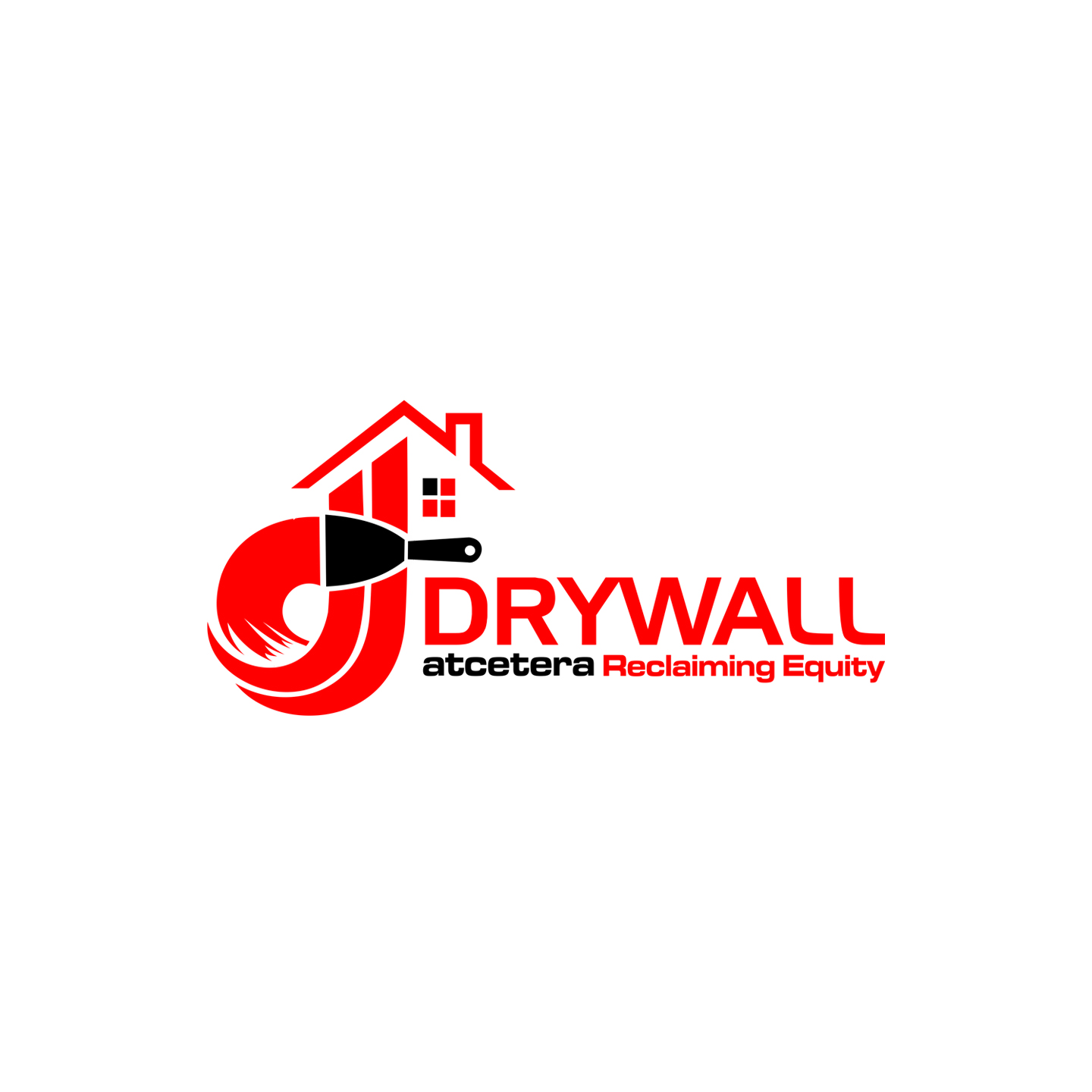

Before diving into the various logo ideas, it’s crucial to understand why a logo is essential for your drywall business. A logo serves as the face of your brand. It helps customers identify and remember your business, making it an integral part of your marketing strategy. A well-designed logo builds trust, establishes credibility, and sets you apart from your competitors.
Building Trust and Credibility
In the drywall industry, trust and credibility are crucial. Customers rely on professionals who can deliver high-quality work. A thoughtfully designed logo can help convey professionalism and expertise, instilling confidence in your potential clients. By showcasing your commitment to excellence through your logo, you are more likely to attract customers and secure their trust.
Differentiating Your Business
With numerous drywall businesses operating in the market, it’s crucial to differentiate yourself from the competition. A unique and eye-catching logo can help you stand out among your competitors. By incorporating elements that represent your business’s values and strengths, you can create a logo that captures attention and leaves a lasting impression.
Drywall Logo Ideas
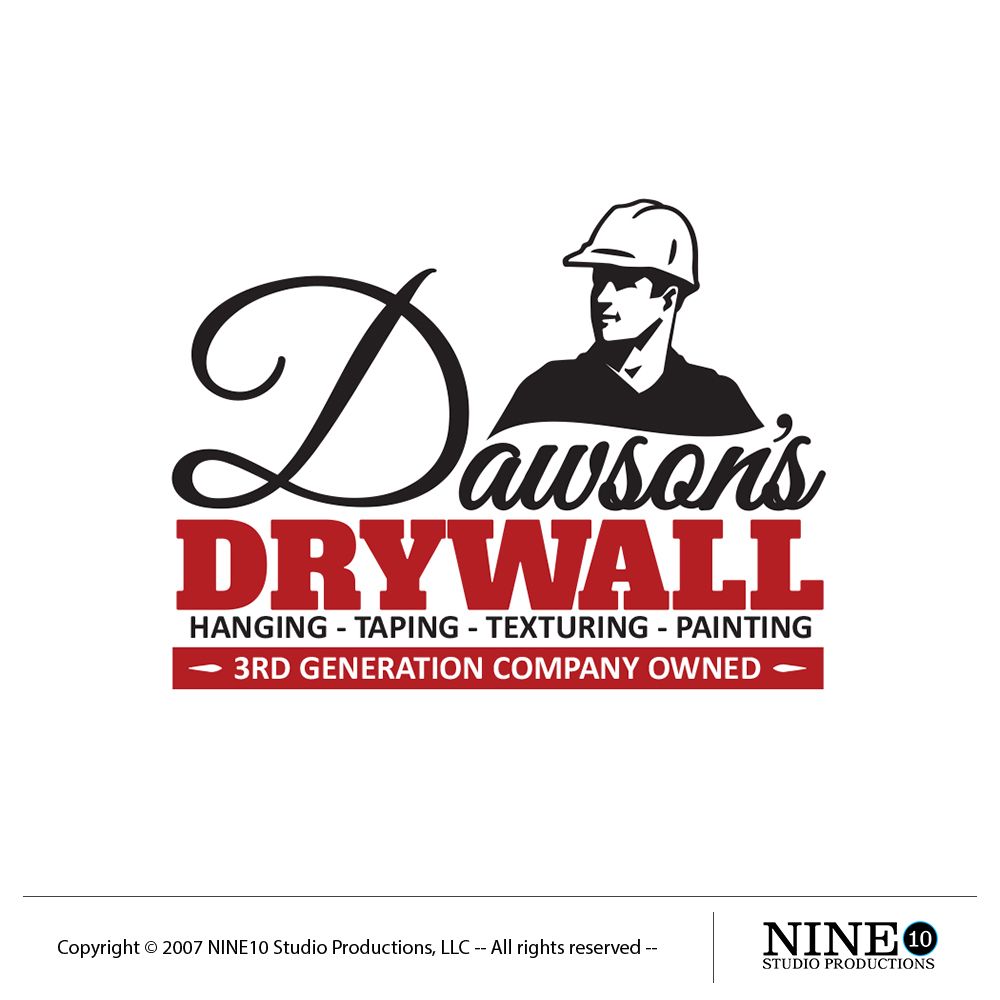

Now that you understand the importance of a logo, let’s explore some creative ideas that can help you design a memorable drywall logo:
1. Incorporate Drywall Tools and Equipment
One effective way to create a logo that clearly represents your drywall business is to incorporate relevant tools and equipment. Elements such as trowels, tape measures, or drywall stilts can be used to create a distinctive logo that instantly communicates your industry. By using these recognizable symbols, you can ensure that your logo is easily associated with your business.
2. Play with Typography
Typography can be a powerful tool in logo design. Consider using bold and modern fonts to create a strong and impactful logo. Experiment with different styles and arrangements to find the perfect balance between professionalism and creativity. Remember to choose fonts that are legible, even when scaled down to smaller sizes.
3. Emphasize Your Unique Selling Proposition
What sets your drywall business apart from others? Highlight your unique selling proposition through your logo design. It could be your exceptional customer service, innovative techniques, or specialized expertise. Incorporating elements that represent these unique qualities can help your logo convey your business’s value proposition effectively.
4. Choose Appropriate Colors
Colors play a crucial role in branding and can evoke specific emotions and associations. When designing a drywall logo, consider using colors that are commonly associated with your industry. Earthy tones such as browns, beiges, and grays can convey a sense of reliability and professionalism. Additionally, incorporating shades of blue can evoke a feeling of trust and dependability.
5. Use Negative Space Creatively
Negative space refers to the empty space surrounding and within a logo. Utilizing negative space creatively can add depth and intrigue to your drywall logo. An example of this would be incorporating a hidden tool or shape within the negative space, creating an element of surprise for viewers. This technique not only adds visual interest but also demonstrates creativity and attention to detail.
6. Keep it Simple and Scalable
When designing a logo, it’s important to keep simplicity in mind. A cluttered or overly complex logo can be difficult to understand and remember. Opt for clean lines, minimalistic designs, and uncluttered layouts. A simple logo is not only visually appealing but also easier to reproduce across different marketing materials, ensuring consistency in your brand’s visual identity.
Putting Your Drywall Logo to Use
Once you have finalized your drywall logo design, it’s time to put it to use across various platforms:
1. Website and Social Media
Your website and social media platforms are essential touchpoints for potential customers. Place your logo prominently on your website’s header and ensure it is visible across all your social media profiles. Consistency in branding helps create a cohesive and professional online presence.
2. Business Cards and Stationery
Include your logo on your business cards, letterheads, and any other printed stationery you use for your business. This not only helps with brand recognition but also adds a touch of professionalism to your correspondence.
3. Signage and Vehicles
If you have a physical location or use vehicles for your drywall business, consider adding your logo to signage or vehicle wraps. This helps increase your brand’s visibility and creates a strong visual presence in your local community.
Final Thoughts
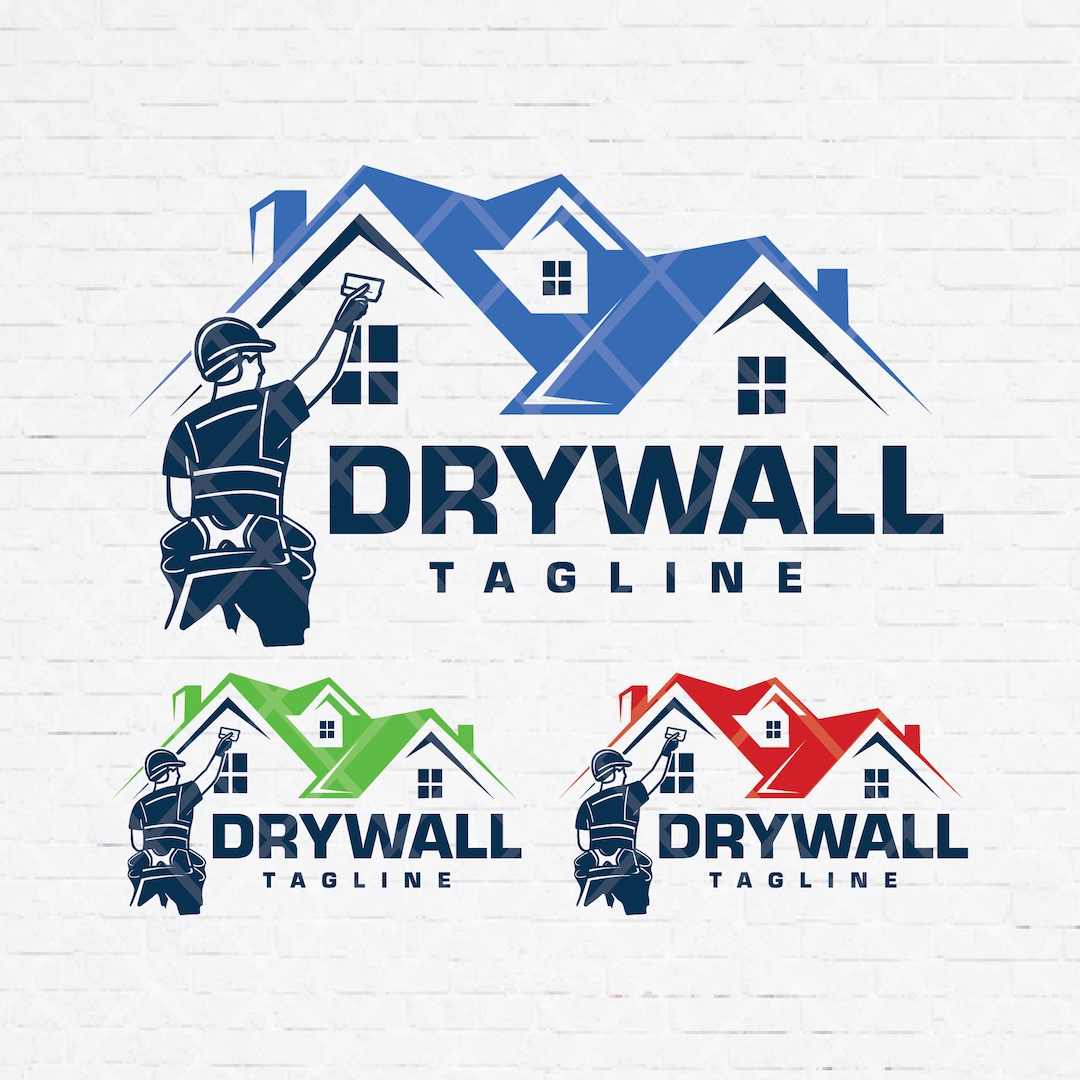

Designing a memorable drywall logo is a crucial step in establishing your brand identity. By incorporating relevant symbols, choosing appropriate colors, and keeping your design simple yet impactful, you can create a logo that represents your business effectively. Remember, a well-designed logo not only builds trust and credibility but also sets you apart from your competitors. Invest time and effort into creating a logo that captures the essence of your drywall business and resonates with your target audience.
Marietta Arnold is a branding and design enthusiast who draws inspiration from hobbies like hiking, photography, and art exploration. With a background in graphic design, she shares insights on branding strategies and logo design trends. Stay updated with Marietta’s work for the latest in branding and design.
